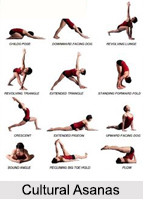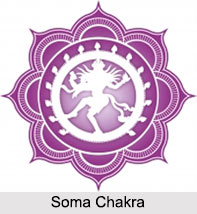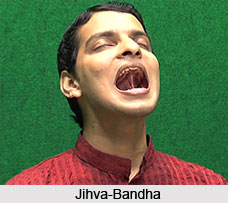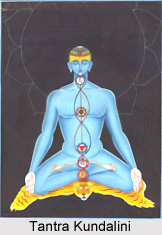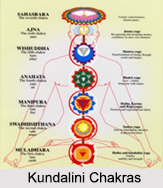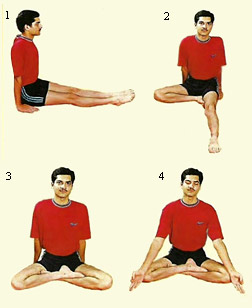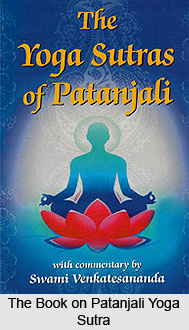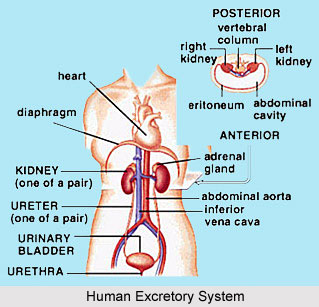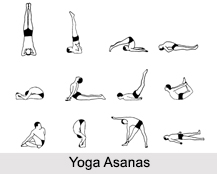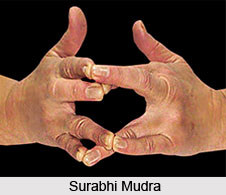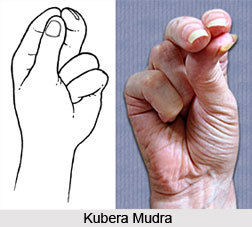The ninth yoga sutra states about the present and past lives and the memories that have been lying latent, waiting to govern the present life. Owing to the continual flow of subliminal impressions, the results of actions remain unbroken from one life to another. The law of karma, or the theory of cause and effect explains about life, that is severalised by the constraints of time, place and rank. The potent desires that are accumulated in one`s memory, becomes evident in the present life. However, it can be isolated, if one pursues in the path of non-white and non-black karmas. If a sadhaka is successful in achieving the state of desire less action, he can explore the realm of the soul. It enables one to perform righteous deeds.
jati class, lineage, descent, race, rank
desa place, locality
kala time, effect, point
vyavahitanam placed in between, separated, impeded, laid aside, surpassed, done well
api even
anantaryam uninterrupted sequences, immediate succession
stnrtt memory
samskarayoh potential, impressions
ekarupatvat one in form, same in appearance, of common identity
Life is a continuous process, even though it is demarcated by race, place and time. Due to the uninterrupted close relationship between memory and subliminal impressions, the fruits of actions remain intact from one life to the next, as if there were no separation between births.
According to Indian philosophy, the law of karma functions uninterruptedly throughout successive lifetimes, though each life is separated by rank, place and time. Desires and impressions are stored in the memory and link the behavioural patterns of previous lives with present and future lives.
The theory of karma, or the law of cause and effect, is explained to inspire the sadhaka to pursue non-white and non-black karmas, which will release him from the desires and results which are simply the accumulated actions of his previous lives. Such desireless actions culture and refine the consciousness and enable it to explore the kingdom of the soul. This is another aspect of nirmana cilia.
In the previous sutra, the common identity of latent habitual impressions and memories was pointed out. Memories and impressions are interrelated, interconnected, interwoven. They act as stimuli in the present life. Even if previous lives are divided by social condition, status, time and place, the oneness of memory and impression flashes consciously, subconsciously or unconsciously and moulds the pattern of the present life. For instance, if a man`s life has taken shape after undergoing many lives in the form of other species, memory and impressions at once connect the past to the present life even though the interval between them may be a long one. One can thus conclude that the seed of future lives is planted in the present life, `As you sow, so shall you reap: we are responsible in this life for moulding our future lives`.
The theory of karma, far from being a fatalistic theory of `predestination`, as many people misunderstand it to be, serves to make one aware of his/her responsibilities and one`s power to affect the future course of one`s life. It acts as a guide, inspiring one to perform virtuous actions which will gradually lead one towards the expertise of performing desireless actions.

